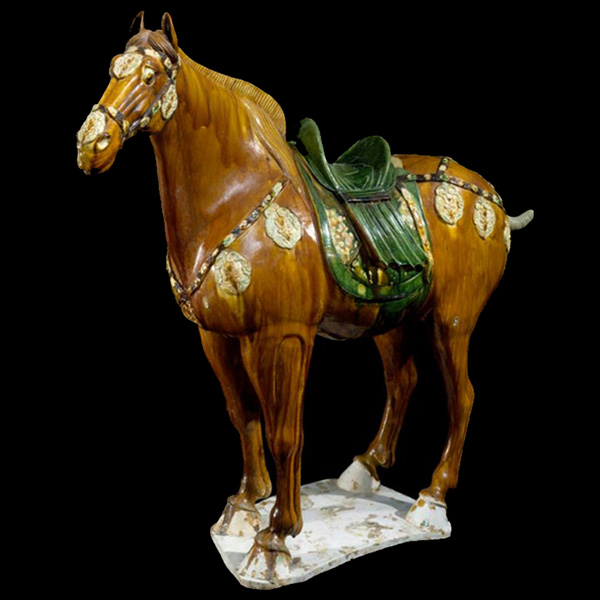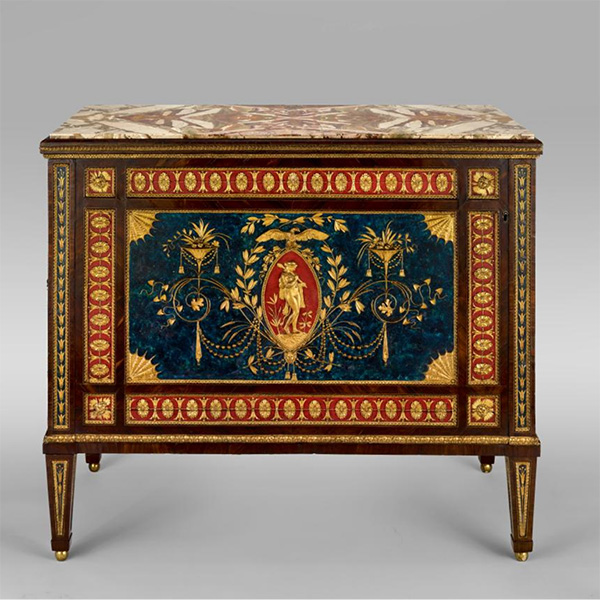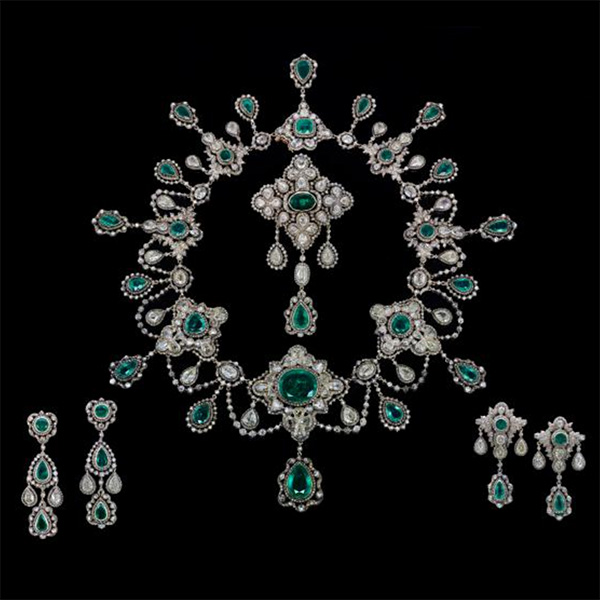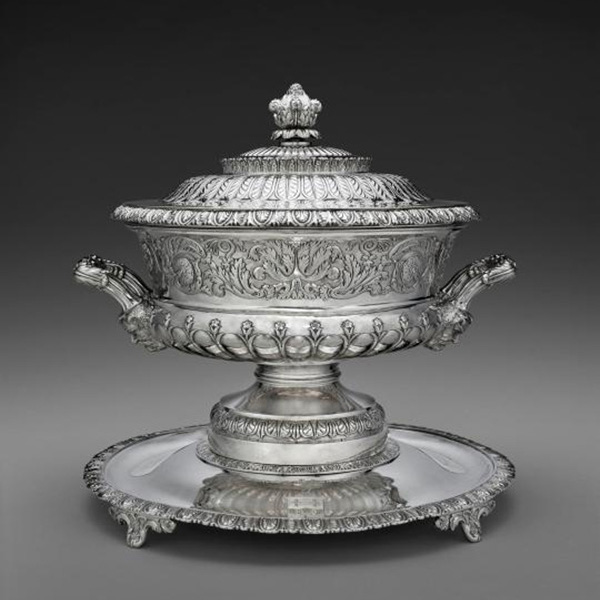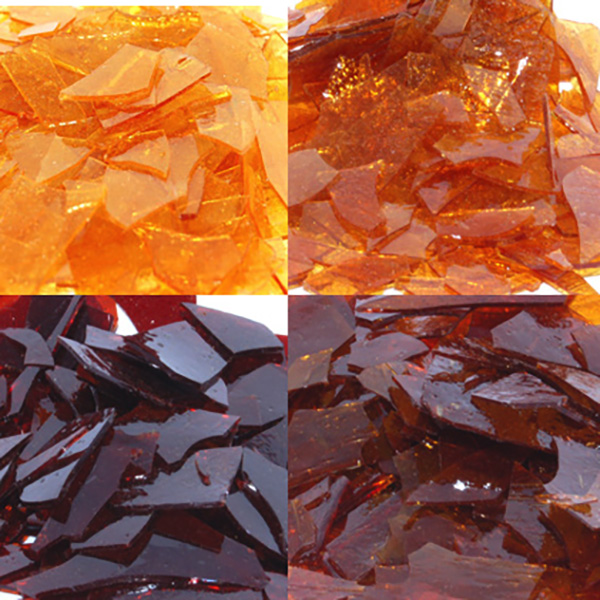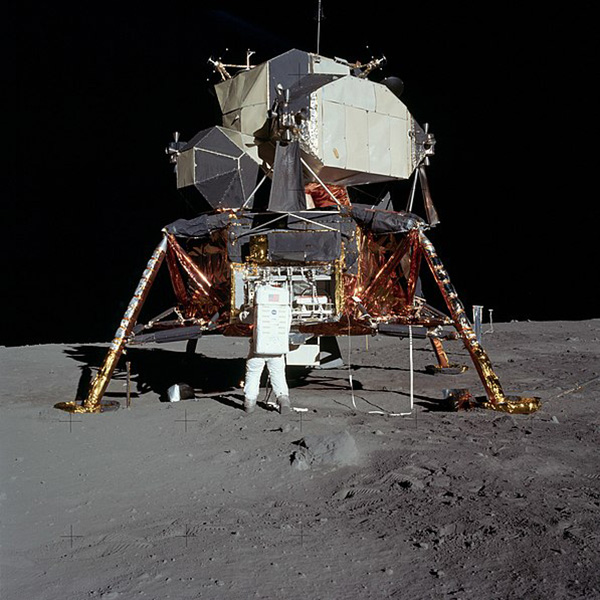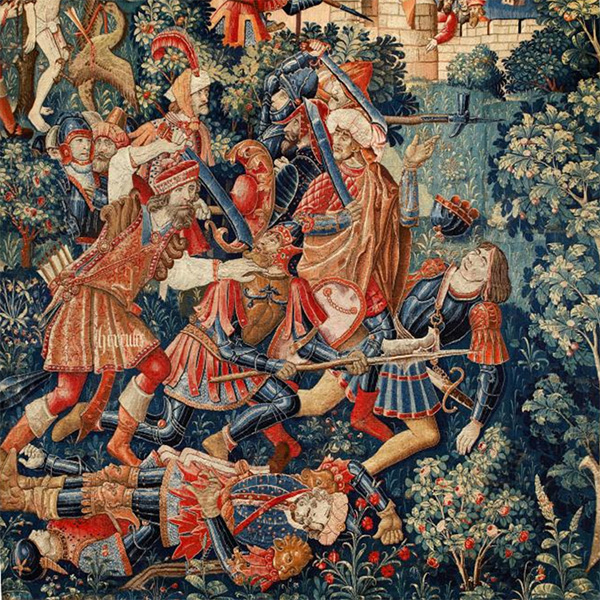Beryl, Tourmaline, Topaz
Aluminosilicate minerals are those composed of framework of oxide ions that is held together with both aluminum and silicon atoms. This distinguishes it from the compounds based solely on Al2O3 (rubies and sapphires) or on SiO2 (quartz, citrine, amethyst, etc.). For the aluminosilicates, there is a more complex Al-O-Si framework, and in beryls and tourmalines, boron substitutes for some of the aluminum. Aluminum and boron have a similar valence shell electron configuration as they are in the same group in the Periodic Table. Beryl (Be3Al2SiO6O18) along with its variations (emerald, aquamarine, morganite and goshenite), tourmaline (Ca,K,Na,□)(Al,Fe,Li,Mg,Mn,Ti,Zn,V)3(Al,Cr,Fe,V, Mg)6(BO3)3(Si,Al,B)6O18(OH,F)4 (and its variations Elbaite, Dravite and Schorl) and topaz (Al2SiO4(F,OH)4) are all aluminosilicate minerals.
These latter formulas are more complicated that others you may have encountered for chemical substances, and their meaning requires some explanation. In formulas of minerals, when elements are found in parentheses together, it indicates that any of those ions could be present at a particular location in the crystal lattice. So for tourmaline, one particular location in the crystal could contain Ca2+, K+, Na+ or be vacant (this is the meaning of the □) in the formula (Ca,K,Na,□)(Al,Fe,Li,Mg,Mn,Ti,Zn,V)3(Al,Cr,Fe,V, Mg)6(BO3)3(Si,Al,B)6O18(OH,F)4. While this may seem like it might violate laws of charge conservation in the molecule since these ions have different charges, the reality is that Nature cannot violate the charge balance in the compound. Overall, the total composition must have a 0 net charge. This is achieved by the numbers of the other ions in the lattice that will compensate for the selection of ions at one particular lattice site. There are other sites where there are also choices. So the second site could have Al3+, Fe2+ or Fe3+, Li+, Mg2+,or Mn2+, Ti4+, Zn2+ or V3+ and the third metal site could have Al3+, Cr3+, Fe3+, V3+ or Mg2+. What must be true is that the total charges of all of these ions must be the same. Regardless of the choice of metal ions, which was largely determined by what was available in the environment when the crystals were formed, the crystal system for all tourmalines is the same, and it is often X-ray or electron diffraction of small single crystals that is used to confirm the crystal system of a given sample.

Shortcuts
Credits for the Header Image
- Emeralds, Photo by Jan Arkesteijn, Wikimedia Commons, Public Domain.
- Topaz, Photo by Paul Sherman, www.wpclipart.com, Public Domain.
- Tourmaline var. rubellite, Photo by Parent Géry, Public Domain.
- Aquamarine, Photo by Paul Sherman, www.wpclipart.com, Public Domain.
- Red Beryl from the Wah Wah Mountains, Beaver County, Utah, Photo by Parent Géry, Public Domain.
- Snuff Bottle, Gold, emerald, from the collection of the MFAH.
Department of Chemistry

Houston, TX
6100 Main St., Houston, TX 77005-1827 | Mailing Address: P.O. Box 1892, Houston, TX 77251-1892 713-348-0000 |
